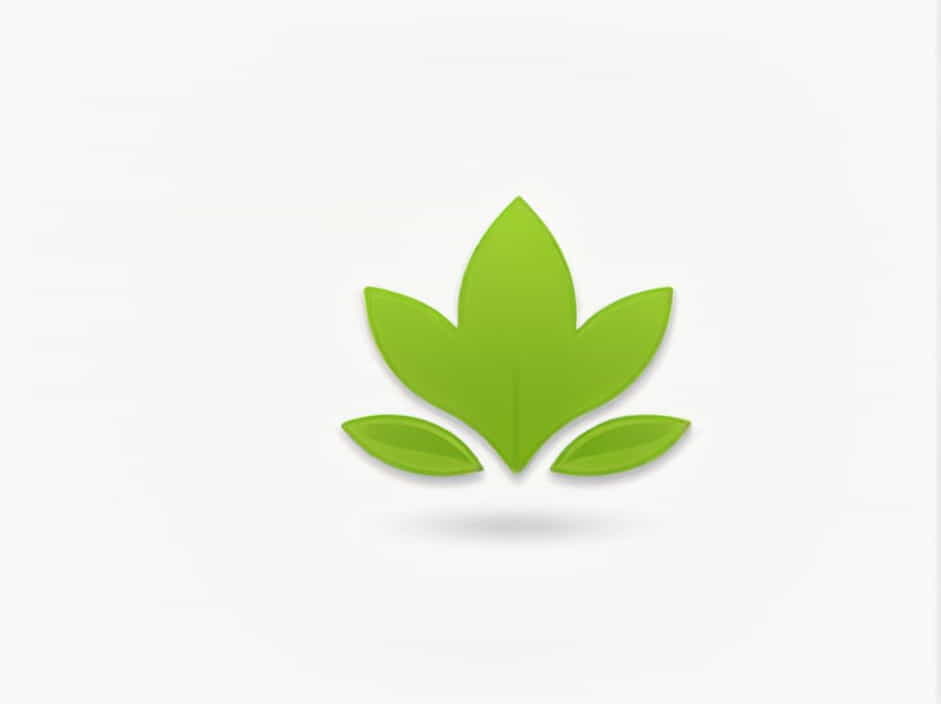If you’ve ever seen a pond covered with a layer of tiny green leaves, you’ve likely encountered duckweed. This floating aquatic plant is common in freshwater environments and plays a significant role in pond ecosystems.
Duckweed can be beneficial by providing food for wildlife and improving water quality, but it can also become a nuisance if it grows uncontrollably. In this topic, we’ll explore what duckweed is, its benefits, potential problems, and how to manage it effectively.
1. What Is Duckweed?
Duckweed is a small free-floating aquatic plant that belongs to the Lemnaceae family. It grows on the surface of slow-moving or still water and is found worldwide in ponds, lakes, marshes, and even ditches.
A. Characteristics of Duckweed
- Size: Tiny, about 1 to 10 mm in diameter.
- Appearance: Small, round or oval leaves (fronds) that float on the water’s surface.
- Root System: Some species have tiny rootlets, while others do not.
- Growth Rate: One of the fastest-growing plants, capable of doubling its population in a few days.
Duckweed spreads quickly and can cover an entire pond if conditions are favorable.
2. How Does Duckweed Grow in a Pond?
Duckweed thrives in ponds where water conditions are calm and nutrient-rich. It reproduces asexually, meaning a single plant can multiply without pollination.
A. Ideal Conditions for Duckweed Growth
- Still or slow-moving water (lakes, ponds, ditches).
- High levels of nutrients (especially nitrogen and phosphorus).
- Warm temperatures (optimal growth between 15-30°C or 59-86°F).
- Plenty of sunlight for photosynthesis.
Because of its rapid growth, duckweed can quickly cover a pond’s surface, reducing sunlight penetration and affecting other aquatic life.
3. Benefits of Duckweed in a Pond
While it is often seen as a nuisance, duckweed offers several environmental benefits.
A. Provides Food for Wildlife
- Ducks, fish, and other aquatic animals feed on duckweed as part of their diet.
- Some species of frogs and turtles also consume it.
B. Improves Water Quality
- Duckweed absorbs excess nutrients, reducing algae growth.
- Helps in removing pollutants like heavy metals and organic waste.
C. Provides Shade and Habitat
- Duckweed shields aquatic life from excessive sunlight.
- Serves as a microhabitat for small insects and microorganisms.
4. Problems Caused by Duckweed
Despite its benefits, duckweed can become problematic when it grows uncontrollably.
A. Oxygen Depletion
- A thick layer of duckweed blocks sunlight, affecting underwater plants.
- As duckweed dies and decomposes, it depletes oxygen levels, which can harm fish and other aquatic life.
B. Uncontrolled Spread
- Duckweed spreads quickly and can cover an entire pond, making it difficult to manage.
- If left unchecked, it can choke out native plant species.
C. Aesthetic and Recreational Issues
- Overgrown duckweed can make ponds look unattractive.
- Can clog water filtration systems and interfere with fishing or boating activities.
5. How to Control and Remove Duckweed from a Pond
Managing duckweed requires a balanced approach that controls its growth without harming the pond’s ecosystem.
A. Manual Removal
- Use a rake or skimmer to physically remove duckweed from the water.
- Best for small ponds, but requires regular maintenance.
B. Introducing Natural Predators
- Certain fish species like grass carp, koi, and tilapia eat duckweed.
- Ducks and other waterfowl also consume it, though they may not eliminate it completely.
C. Adjusting Water Conditions
- Reduce excess nutrients by limiting fertilizer runoff from gardens or farms.
- Increase water movement using aerators or fountains to prevent duckweed from settling.
D. Using Biological and Chemical Treatments
- Beneficial bacteria can help break down nutrients that support duckweed growth.
- Herbicides can be used, but they should be applied carefully to avoid harming beneficial plants and animals.
6. How to Prevent Duckweed Overgrowth
Preventing duckweed from taking over your pond is easier than removing it once it has spread.
A. Maintain Water Quality
- Test water for high nutrient levels and take action to keep them balanced.
- Reduce fertilizer use near the pond to prevent nutrient runoff.
B. Regularly Monitor Growth
- Inspect the pond for early signs of duckweed growth.
- Remove small patches before they spread uncontrollably.
C. Improve Pond Circulation
- Installing aeration devices like fountains or waterfalls helps prevent stagnant water, making it harder for duckweed to thrive.
7. Is Duckweed Harmful or Helpful?
Duckweed can be both beneficial and problematic, depending on its growth and management.
When Duckweed Is Beneficial
- When kept at a manageable level, it absorbs excess nutrients and supports wildlife.
- In some cases, it is used for wastewater treatment due to its ability to filter pollutants.
When Duckweed Becomes a Problem
- If it covers an entire pond, it reduces oxygen levels and disrupts aquatic ecosystems.
- It can become difficult to control if left unmanaged.
Proper maintenance ensures that duckweed remains a helpful part of the pond ecosystem rather than a nuisance.
8. Interesting Facts About Duckweed
- Duckweed is considered the smallest flowering plant in the world.
- It can double its population in just 24-48 hours under ideal conditions.
- Some researchers are studying duckweed as a potential biofuel source.
- In some cultures, duckweed is used as livestock feed or even in human food due to its high protein content.
Duckweed is a tiny but powerful plant that plays an important role in pond ecosystems. While it provides food, shade, and water purification, it can also overgrow and cause problems if left unchecked.
By understanding how to control and manage duckweed, pond owners can enjoy its benefits while preventing unwanted issues. Regular monitoring, natural predators, and proper water management are key to keeping duckweed under control.
If you have a pond with duckweed, taking the right steps can help you maintain a healthy and balanced aquatic environment.
